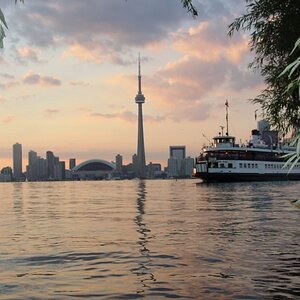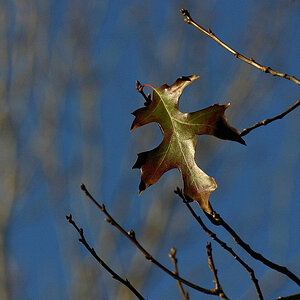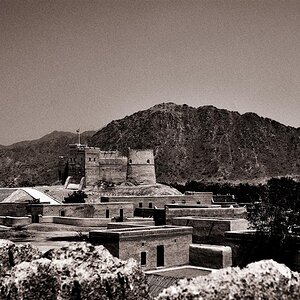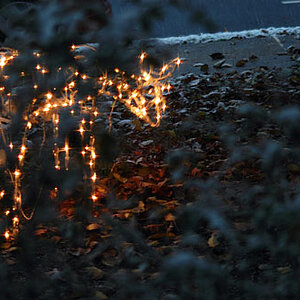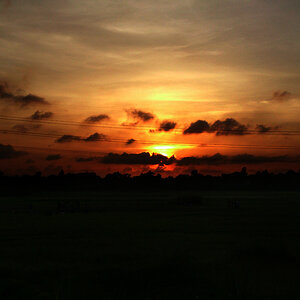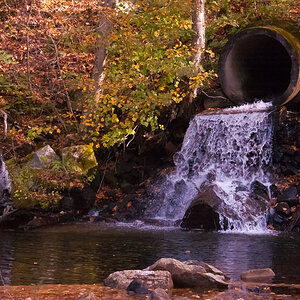BrentC
Been spending a lot of time on here!
- Joined
- Jan 8, 2017
- Messages
- 3,576
- Reaction score
- 2,336
- Location
- Brampton, Ontario
- Can others edit my Photos
- Photos NOT OK to edit
So this weekend I am going up north to my uncles for Thanksgiving. He is far away from any noise pollution so I figure I will try my hand at photographing the Milky Way. So when using a crop sensor do I use my FL or do I use 35mm equivalent? I'll be using my 17mm so not sure if I use 17 or 34 in the formula?





